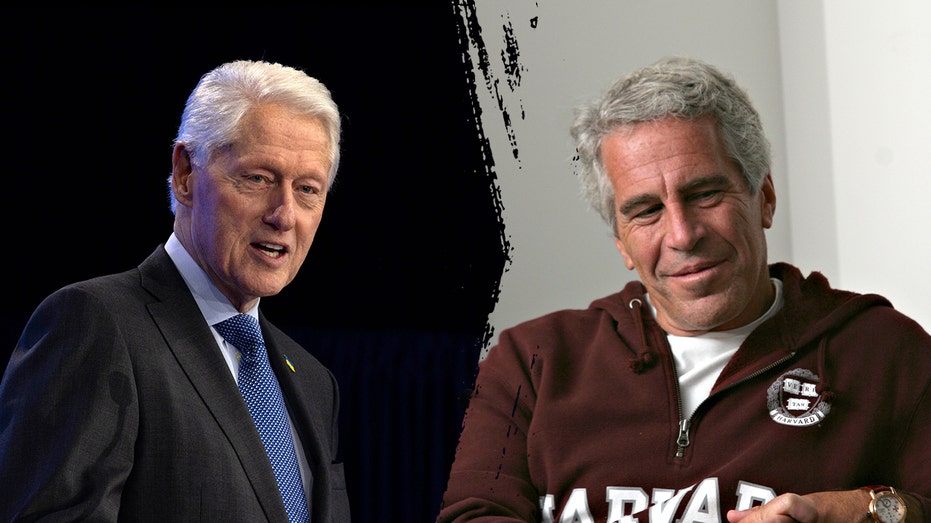The Oval Office hosted an unexpected convergence of ideologies last Friday as President Trump met with New York City Mayor-Elect Zohran Mamdani, a declared Democratic Socialist. The meeting, shrouded in initial skepticism, concluded with a surprising announcement: a commitment to collaborative action.
The focus of their discussion, according to President Trump, centered on a single, critical issue – the safety of New York City’s streets. He revealed a shared desire to remove individuals deemed “horrible people” and address criminal activity within the city limits, a sentiment Mamdani visibly acknowledged with a nod.
The potential for cooperation remains complex. Mamdani previously voiced staunch opposition to federal immigration enforcement, labeling ICE a “rogue” agency and vowing to obstruct deportations, even of those with criminal records. The question now is whether this earlier stance has shifted following direct engagement with the President.

Trump addressed concerns about their differing views on ICE directly, stating they had engaged in “great length” about safety. He expressed optimism, suggesting Mamdani might even be *more* eager to address the issue than he was, emphasizing the fundamental need for secure streets as a foundation for a thriving city.
The President painted a picture of a shared goal: a successful New York City. He argued that economic prosperity and quality of life are unattainable without a secure environment, and that this realization formed the core of their agreement.
Beyond safety, the conversation reportedly extended to broader issues of affordability and housing. Trump noted a common ground – a deep affection for the city and a mutual desire to see it flourish. He even predicted a transformation in Mamdani, suggesting he might “surprise some conservative people.”
Trump expressed confidence in Mamdani’s ability to lead, hinting at a willingness to work beyond perceived political divides. The meeting suggests a potential for an unconventional alliance, driven by a shared commitment to the well-being of New York City.
The implications of this newfound collaboration remain to be seen, but the initial signals point towards a pragmatic approach, prioritizing tangible results over ideological purity. The coming months will reveal the extent to which these two leaders can bridge their differences and deliver on their promises.





